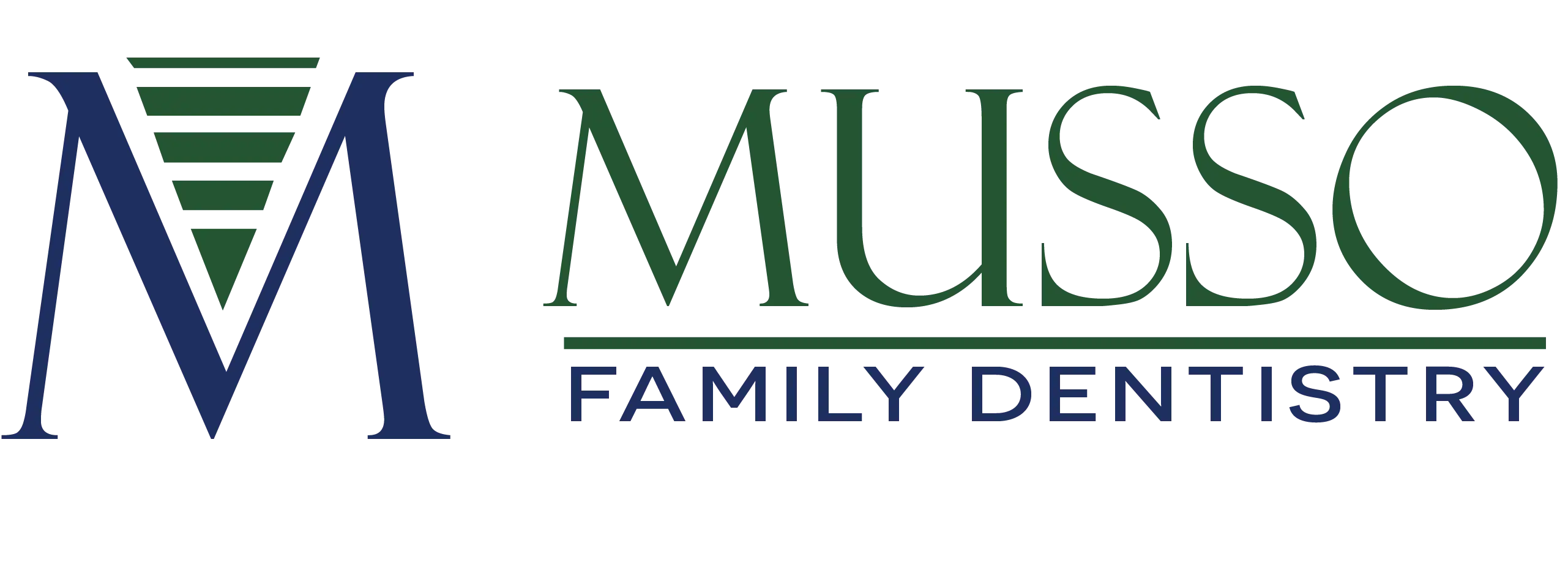Intraoral Cameras
Intraoral cameras are small, pen-shaped devices used in dentistry to capture detailed images of the inside of a patient's mouth. These cameras allow our dentists to obtain high-resolution, real-time images of teeth, gums, and other oral structures, which are then displayed on a monitor for the dentist and patient to see. This technology significantly enhances diagnostic capabilities by revealing issues such as cavities, fractures, plaque deposits, and gum disease that may not be visible during a standard examination.
The importance of intraoral cameras lies in their ability to improve patient communication, as visual aids can help patients understand their dental conditions and the recommended treatments more clearly. This leads to better-informed decisions, higher acceptance rates of treatment plans, and improved oral health outcomes.
The Advantages of Intraoral Cameras
Accurate and Timely Diagnosis
Intraoral cameras provide our dentists in Garland, TX, with a detailed and magnified view of oral structures, making it easier to identify problems that may not be visible to the naked eye. They help detect early signs of tooth decay, cracks, worn fillings, and gum disease. The ability to see these issues in detail allows for more accurate diagnosis and timely intervention, preventing more severe problems and reducing the need for extensive treatments.
Improved Patient Communication
One of the most significant benefits of intraoral cameras is their role in patient education and communication. By showing patients real-time images of their oral health, our dentists can effectively illustrate the presence and extent of dental issues. This visual evidence helps patients understand their conditions and the rationale behind recommended treatments. Patients who see what the dentist sees are more likely to feel informed and confident in their treatment decisions.
Easier Documentation
Intraoral cameras serve as a valuable tool for documenting a patient's oral health. The captured images can be stored in the patient's records, providing a visual reference for future visits. This documentation helps track the progress of ongoing treatments, evaluate the effectiveness of interventions, and plan future dental care. It also facilitates better communication with insurance companies by providing visual evidence of the need for specific treatments.
Non-Invasive Approach
The use of intraoral cameras can reduce the need for invasive diagnostic procedures. Our dentists can often identify issues without requiring extensive exploratory work by providing a clear view of the oral cavity. This noninvasive approach minimizes patient discomfort and reduces the time spent in the dental chair, making for a more pleasant overall experience.
Improved Treatment Outcomes
Our dentists can plan and execute treatments more effectively with detailed images at their disposal. Intraoral cameras in Garland, TX, enable the precise assessment of problem areas, allowing for better-informed treatment decisions and more accurate execution. Whether placing restorations, performing root canals, or planning orthodontic interventions, the clarity provided by intraoral cameras contributes to improved treatment outcomes and higher patient satisfaction.
How Do Intraoral Cameras Work?
Intraoral cameras are advanced diagnostic tools designed to provide a detailed view of the inside of a patient's mouth. These compact, pen-shaped devices feature a high-resolution digital sensor and a small lens that captures images of the teeth, gums, and other oral tissues. The dentist inserts the camera into the patient's mouth, positioning it to capture clear, close-up images from various angles. The camera's lens captures these images, converts them into digital data, and then transmits them to an external monitor or computer.
Once the images are transmitted, they are processed and displayed on a monitor in real-time. The camera's software enhances the images by adjusting clarity, magnification, and contrast, allowing the dentist to view detailed, high-resolution visuals of the oral cavity. This real-time display facilitates accurate diagnosis and effective treatment planning while helping patients clearly understand their oral health conditions. Visual evidence helps dentists make informed decisions about treatment options and improves communication between dentists and patients. Contact us today to learn more.
Intraoral cameras represent a significant advancement in dental technology, offering numerous benefits that enhance diagnostic capabilities and patient care. Visit Musso Family Dentistry at 513 W. Centerville Rd, Garland, TX 75041, or call (972) 840-8477 to learn more about how intraoral cameras can improve your dental experience.
Cosmetic Dentistry
Dental Implants
Sleep Apnea Therapy
Dental Veneers
Dental Technology
Chairside Monitors
Cone Beam CT Imaging
iTero® Intraoral Scanner
Panorex X-Rays
Your First Visit
Dental Cleanings and Exams
General and Family Dentistry
Wax-Up Tooth Models
Night Guards
Tooth-Colored Dental Fillings
Braces
Dentures and Partials
Dental Crowns
Dental Bridges
Restorative Dentistry
Clear Aligners
Orthodontics
Root Canal Therapy
Periodontal Therapy
Oral and Systemic Health
Pediatric Dentistry
Snoring Therapy
TMJ Therapy
Sedation Dentistry
Products
Digital X-Rays
Tooth Extractions
Smile Makeover
Teeth Whitening
Tooth Contouring
Dental Bonding
Visit Our Office
Office Hours
- MON7:00 am - 4:30 pm
- TUE7:00 am - 4:30 pm
- WED7:00 am - 4:30 pm
- THU7:00 am - 4:30 pm
- FRIClosed
- SATClosed
- SUNClosed

